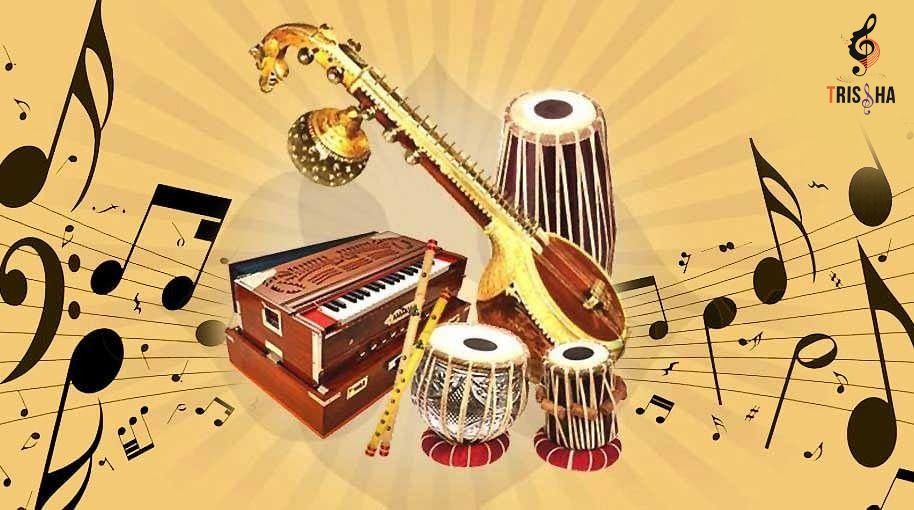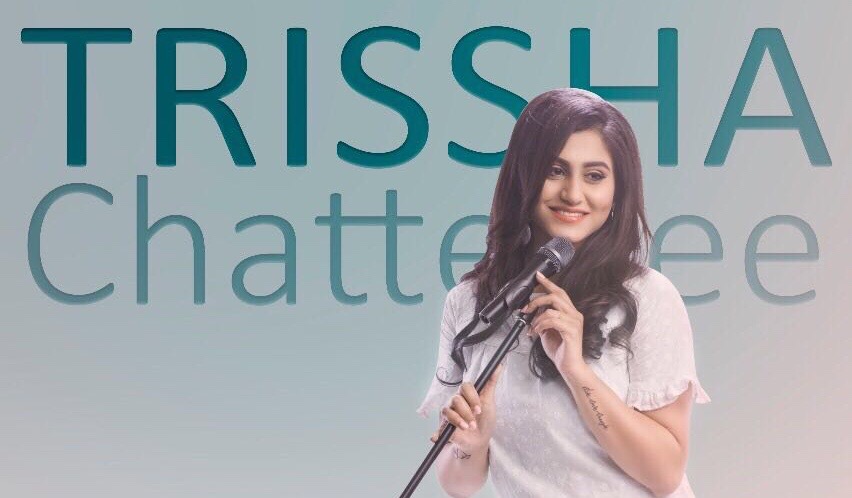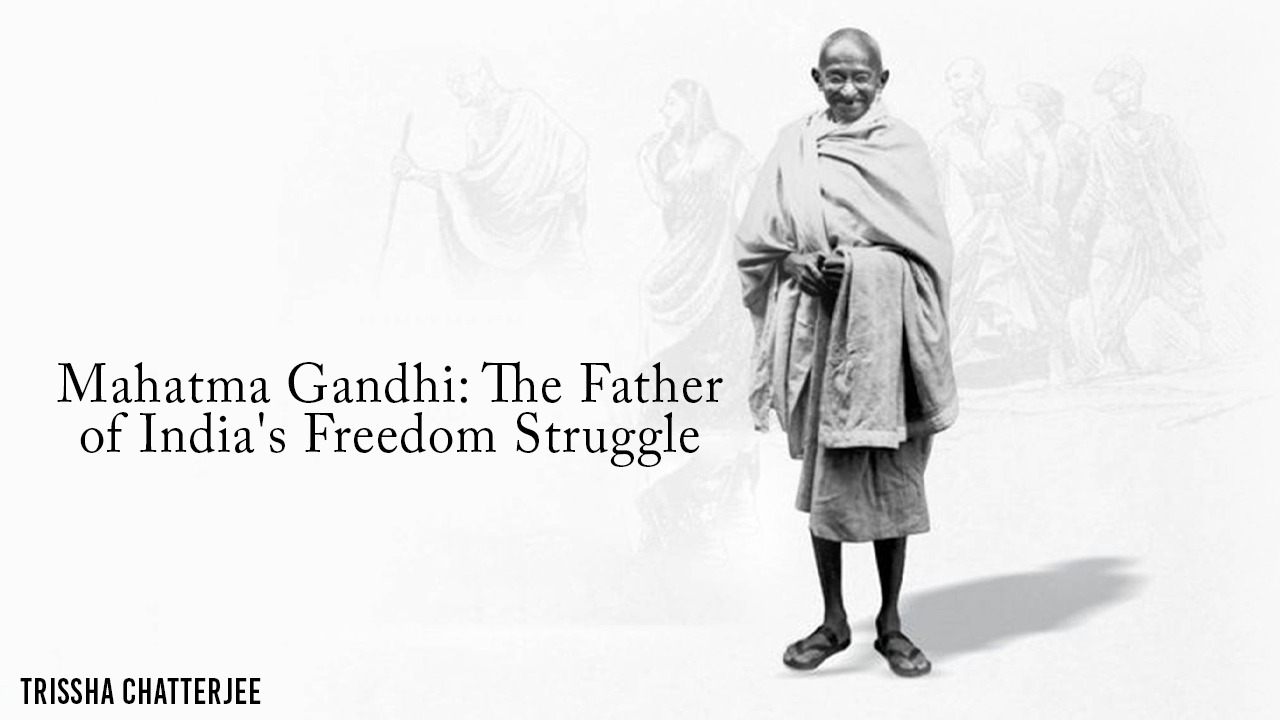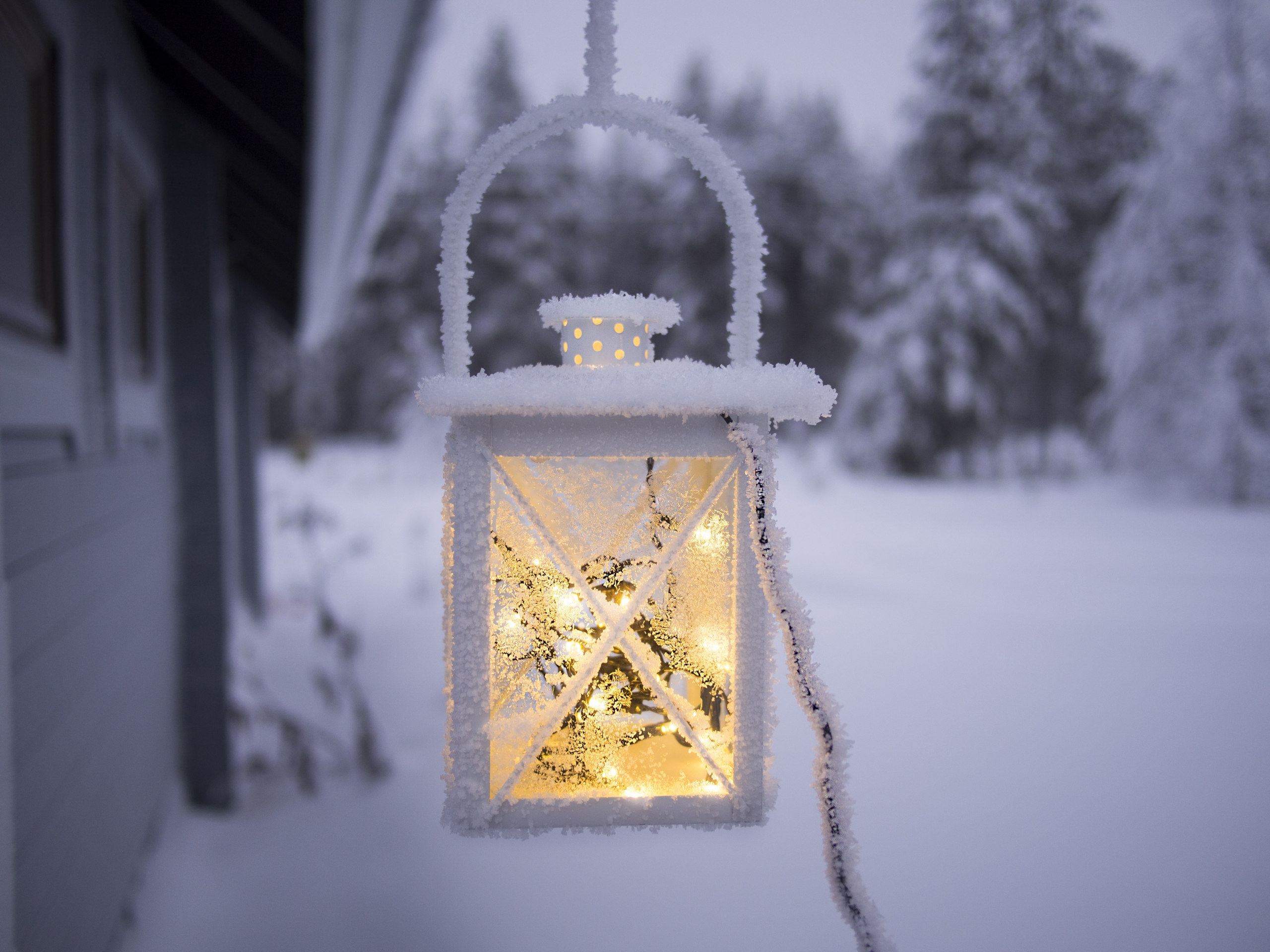The Evolution of Indian Classical Music: A Journey Through Time
India’s musical heritage is a rich tapestry, intricately woven with threads of tradition, culture, and history. From the ancient Vedic chants to modern-day fusion genres, Indian classical music has undergone significant evolution, mirroring the dynamic cultural landscape of the country.
Ancient Origins
The roots of Indian classical music can be traced back to the Vedic period, around 1500 BCE. The Vedas, the ancient Hindu scriptures, contain hymns and chants that are regarded as the earliest forms of Indian music. These hymns, known as Samaveda, were sung during religious rituals, laying the groundwork for the complex musical systems that developed over time.
The Two Pillars: Hindustani and Carnatic Music
Indian classical music is primarily divided into two major traditions: Hindustani music from the North and Carnatic music from the South. Although they share a common origin, they have evolved differently due to regional influences.
Hindustani Music: This tradition flourished in the royal courts of North India and was heavily influenced by Persian and Mughal cultures. Hindustani music places a strong emphasis on improvisation, with ragas (melodic frameworks) and talas (rhythmic cycles) forming its foundation. Legendary figures like Tansen, a musician in the court of Emperor Akbar, greatly contributed to the development of Hindustani music.
Carnatic Music: Predominantly practised in South India, Carnatic music is more composition-based and structured. It focuses primarily on vocal music, with compositions known as kritis forming the core repertoire. Renowned composers such as Tyagaraja, Muthuswami Dikshitar, and Syama Sastri are revered for their contributions to this tradition.
The Bhakti and Sufi Movements
The Bhakti movement, which began in South India around the 7th century, and the Sufi movement, which spread across North India in the 12th century, infused Indian music with devotional fervour. Bhakti saints such as Mirabai and Tulsidas composed devotional songs that are still cherished today. Similarly, Sufi mystics like Amir Khusro introduced qawwali, a form of devotional music that remains popular to this day.
Colonial Influence and Modernisation
The British colonial era brought Western musical influences to India. Instruments such as the violin and harmonium were integrated into Indian music, and new genres like Indian film music emerged. Legendary composers like R.D. Burman revolutionised Bollywood music in the 20th century, blending Western instruments and styles with Indian classical music.
Contemporary Indian Classical Music
Today, Indian classical music continues to flourish, balancing tradition with modernity. Artists such as Ravi Shankar and Zakir Hussain have gained international acclaim, bringing Indian music to global audiences. The rise of digital technology has also made classical music more accessible, with online platforms offering a wealth of resources for both learning and appreciation.
Real-Life References
- Pandit Ravi Shankar: A sitar virtuoso, Ravi Shankar is credited with introducing Indian classical music to the West. His collaborations with Western musicians, most notably George Harrison of The Beatles, added a new dimension to Indian music.
- Lata Mangeshkar: Known as the “Nightingale of India”, Lata Mangeshkar’s voice has defined Indian film music for over seven decades. Her renditions of classical-based songs in Bollywood have left an indelible mark on Indian music.
- A.R. Rahman: A contemporary composer who masterfully blends Indian classical music with modern genres, A.R. Rahman has received numerous international accolades, including two Academy Awards for his work on the film Slumdog Millionaire.
Conclusion
Indian classical music is a testament to the country’s rich cultural heritage and its capacity for adaptation and evolution. From the ancient chants of the Vedic period to contemporary fusion, the journey of Indian music reflects the dynamic and diverse cultural landscape of India. As it continues to evolve, Indian classical music remains an integral and vibrant part of the global musical scene.







There are no comments